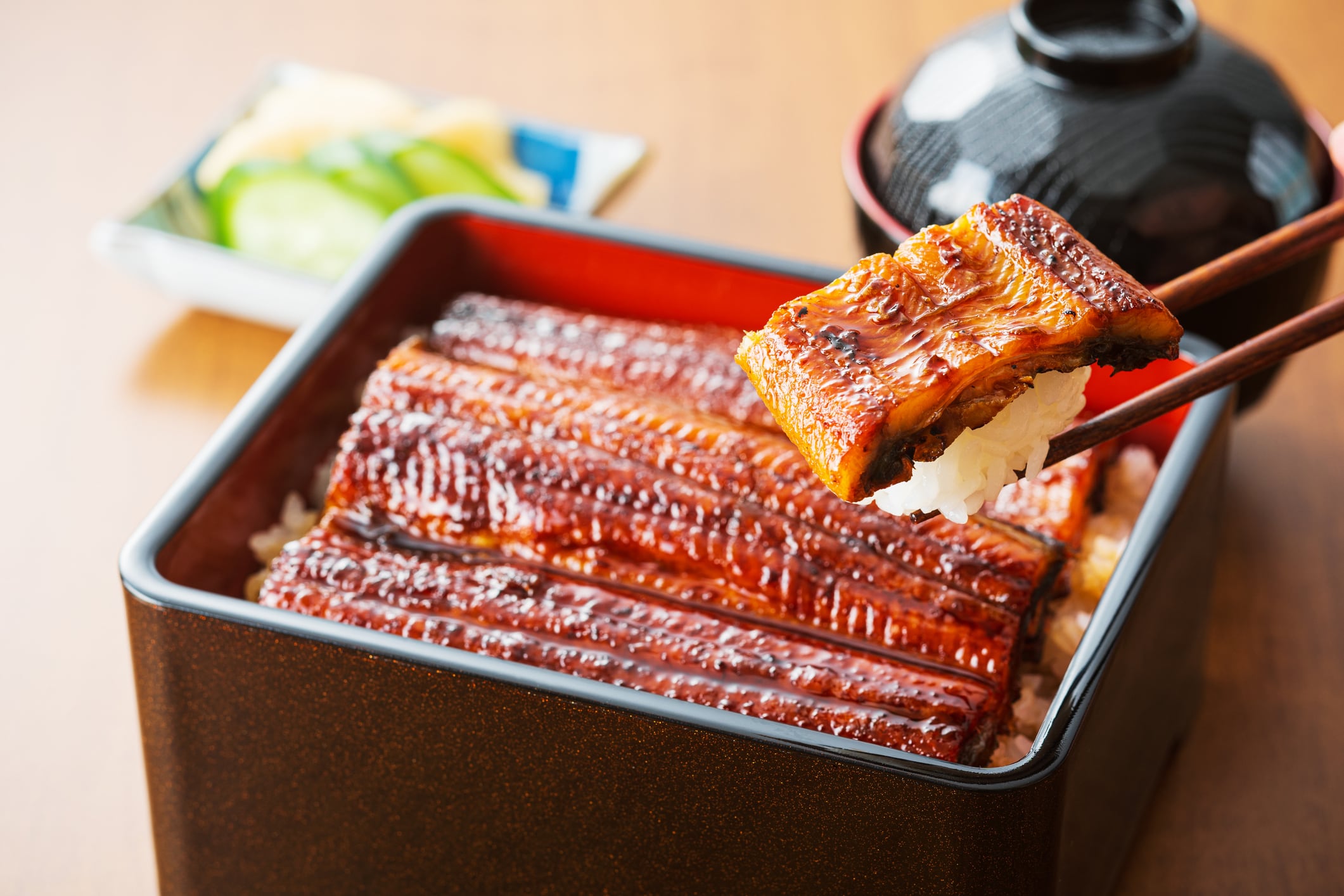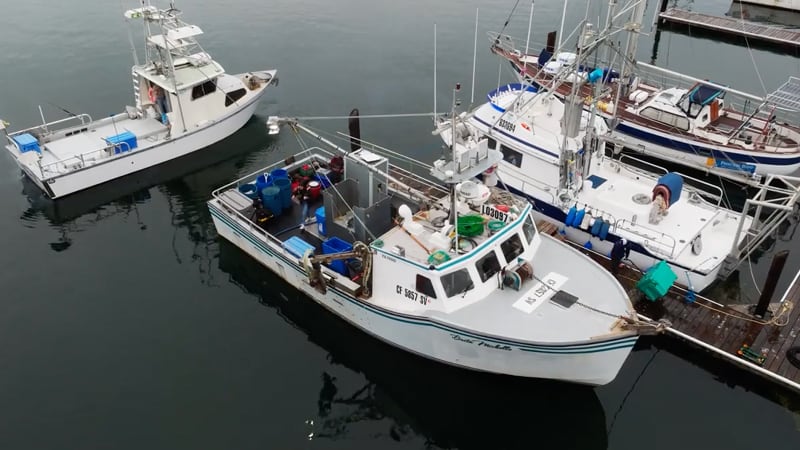At the end of June, The EU proposed a blanket inclusion of all eel species in Appendix II of under the Convention on International Trade in Endangered Species of Wild Fauna and Flora (CITES), which would hinder the eel trade internationally.
If the proposal passes later this year — which would require a two-thirds majority vote — exporting countries would require permits for international trade for live eels and processed eel products as well.
Unsurprisingly, Japan has strongly opposed this proposal as it relies on imports from China, Taiwan, and South Korea to meet domestic demand.
Grilled eels, or unagi, are a culturally significant delicacy in Japan, driving strong demand for Japanese eels (Anguilla japonica).
Japan’s own eel population has declined sharply over the years and has in place strict domestic regulations to limit the number of juvenile glass eel caught annually.
“Therefore, Japan believes that it is unnecessary to include all eel species in Appendix II of the Convention, which requires the issuance of an export permit for international trade. We have repeatedly explained our position to the EU and urged them to withdraw the proposal, and we are extremely disappointed by the EU’s recent decision,” said Shinjirō Koizumi, Minister of Agriculture, Forestry and Fisheries of Japan, during a press conference held on June 27.
“In order to avoid the adoption of the proposal at the Conference of the Parties in November this year, we will work with relevant ministries and agencies and countries that share the same position as Japan to take every opportunity to expand support for our position.”
Eels ‘thoroughly conserved and managed’
The EU’s proposal aims to protect eel populations, which have declined because of habitat loss, overfishing, and illegal trade.
However, Japan argued that its cooperation with Japan, China, South Korea, and Taiwan was enough to manage eel populations.
“Japanese eels are thoroughly conserved and managed in Japan and in four countries and regions: Japan, China, Korea, and Taiwan, and sufficient resources are secured, so there is no risk of extinction due to international trade,” said Koizumi.
According to documents from the latest meeting held on June 20, the four countries affirmed their commitment to strengthen conservation and management measures of Japanese eel stock.
The members also agreed to restrict input of glass eels and eel fries from the wild into aquaculture ponds for the 2025-2026 season up to 80% of that of the 2013-2014 season.
Limited exposure to illegal trade
According to a new study by Chuo University, European eels (Anguilla anguilla) accounted for 1.5% of eels in the Japanese market.
This suggested Japan’s limited exposure to the illegal trade of European eels, which is listed as Critically Endangered (CR) on the IUCN Red List of Threatened Species, the study said.
“Japan was once considered one of the largest markets for European eel consumption, but the current study suggests that consumption is now minimal… Although this is based on a snapshot survey, it is unlikely that European eels have been bypassing the CITES regulation and illegally entering the Japanese market in large quantities.”
Source: Fisheries Science
Eel consumption in Japan: Insights from genetic species identification and trade data
Authors: Shiraishi, H., Han, YS. & Kaifu, K.
https://doi.org/10.1007/s12562-025-01894-2





